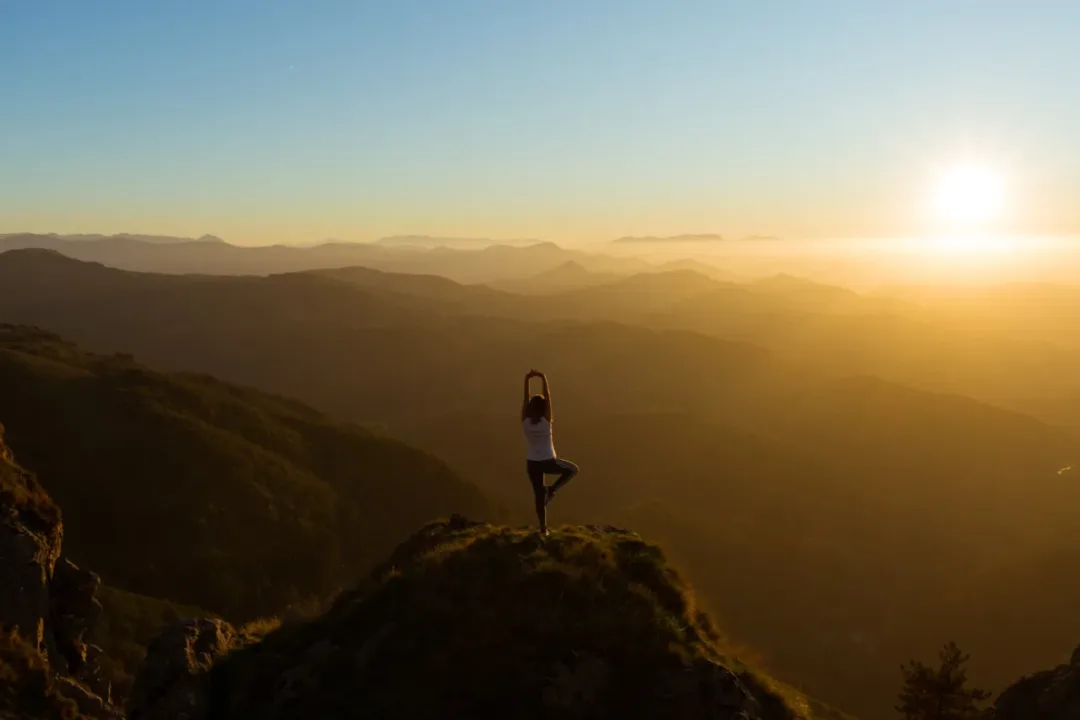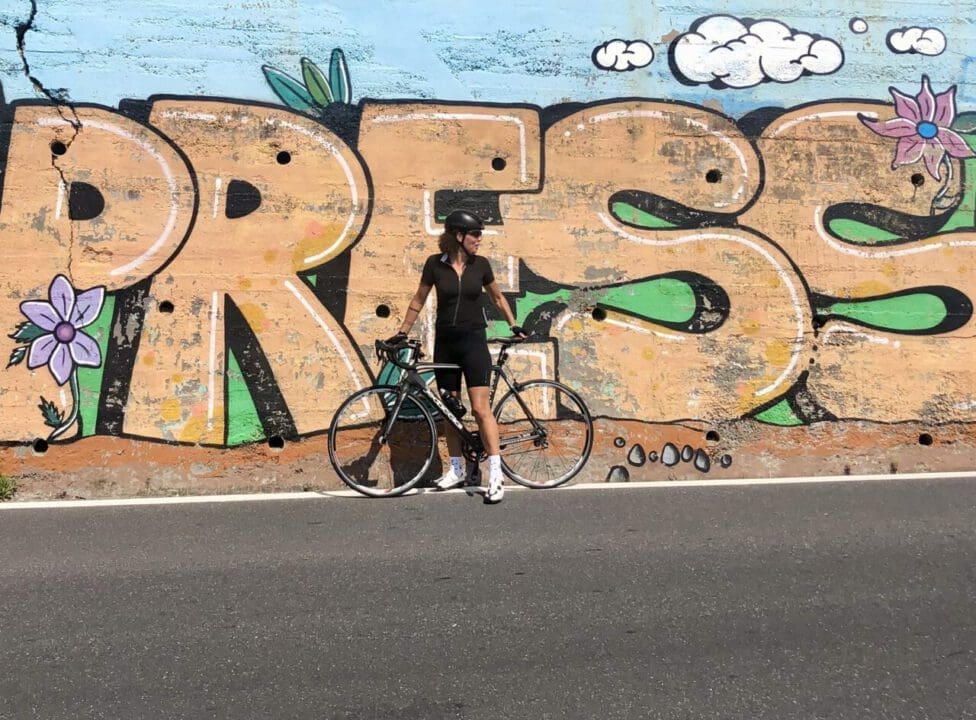In the early morning, the plaza Consistorial in Pamplona is still deserted. Two municipal officials empty the bins and sweep the street. In the coffee shop cum bakery Ogi Berri, one lady runs the whole place. The speed at which she sells caffe con leche, espressos and sandwiches is second to none. As I stand in line, two policemen slide in. They greet the lady and before I realise it, they are already two coffees away. That's how it goes here. Let's call it respect. The programme for today is clear: climb from the city and then across the plain towards Castejón. We have the wind at our backs and we have an unexpected guest. This is diary Basque Country part 4. You can read the other parts here, here and here. Enjoy!
Text Sander Kolsloot, Photos: Lander Andonegi
Miguelón - La Locomotora di Villava


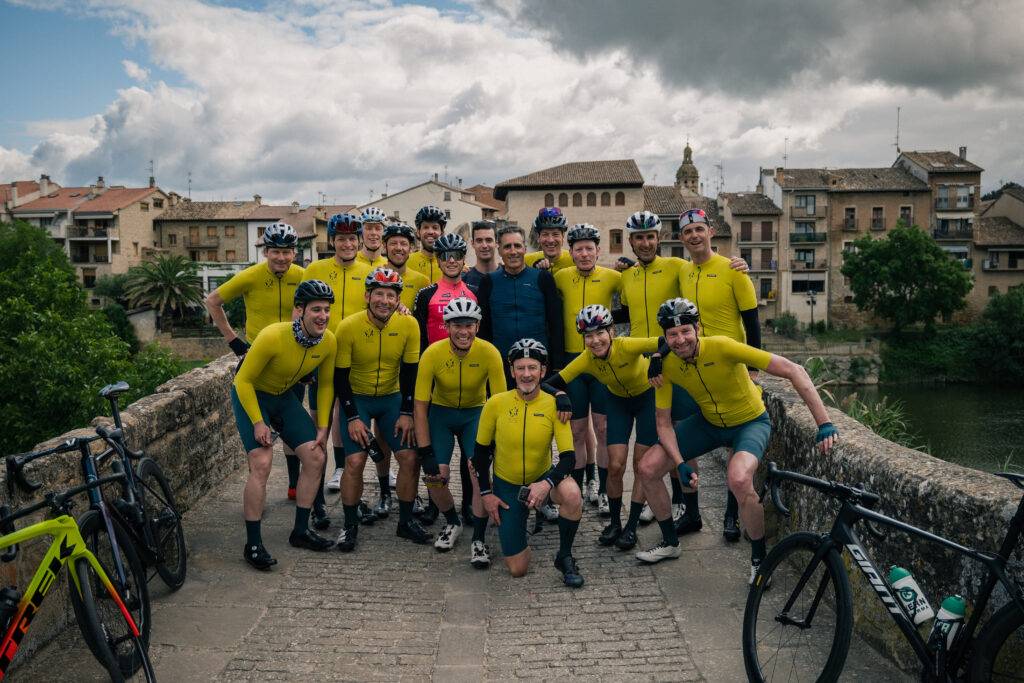
As I step out of the hotel lobby, I almost knock over a dark figure. The man in question starts shaking my hand enthusiastically. I am momentarily perplexed, but I am holding the hand of five-time tour winner Miguel Indurain. 'Big Mig' is strongly associated with the city. Although he was born in Villava, a suburb or village stuck against the city, 'Miguelón' is always mentioned in the same breath as Pamplona. The bony Indurain is a legend. Not only people on the street want to have their picture taken with him. Even Haimar Zubeldia, not a bad rider either, takes a photo with the multiple lap winner (Indurain also won the Giro twice). Villava's locomotive won his tours in Etxeondo clothing and he is still associated with the brand. What a guy.
Out of the city - into the mountains
It is not often that I am in a peloton led by two former pros. Miguel and Haimar calmly roll out of town. The traffic also seems to take them into account. Would they recognise the tall stature of Indurain? I don't know, but we ride around like we belong here. It goes up the hills before we reach the plains. We follow the river Arga and it goes up and down here. The landscape is changing by the minute. Are we in South America now, with the vegetation and water? Or just in the region of Navarre? It is wonderfully quiet here. A single car and a group of motorcyclists have also found this beautiful road. The Cruce Guirguillano is a nasty calf biter, which kills you in 2.5 kilometres. Puffing, I reach the top. Enjoyment has several faces.


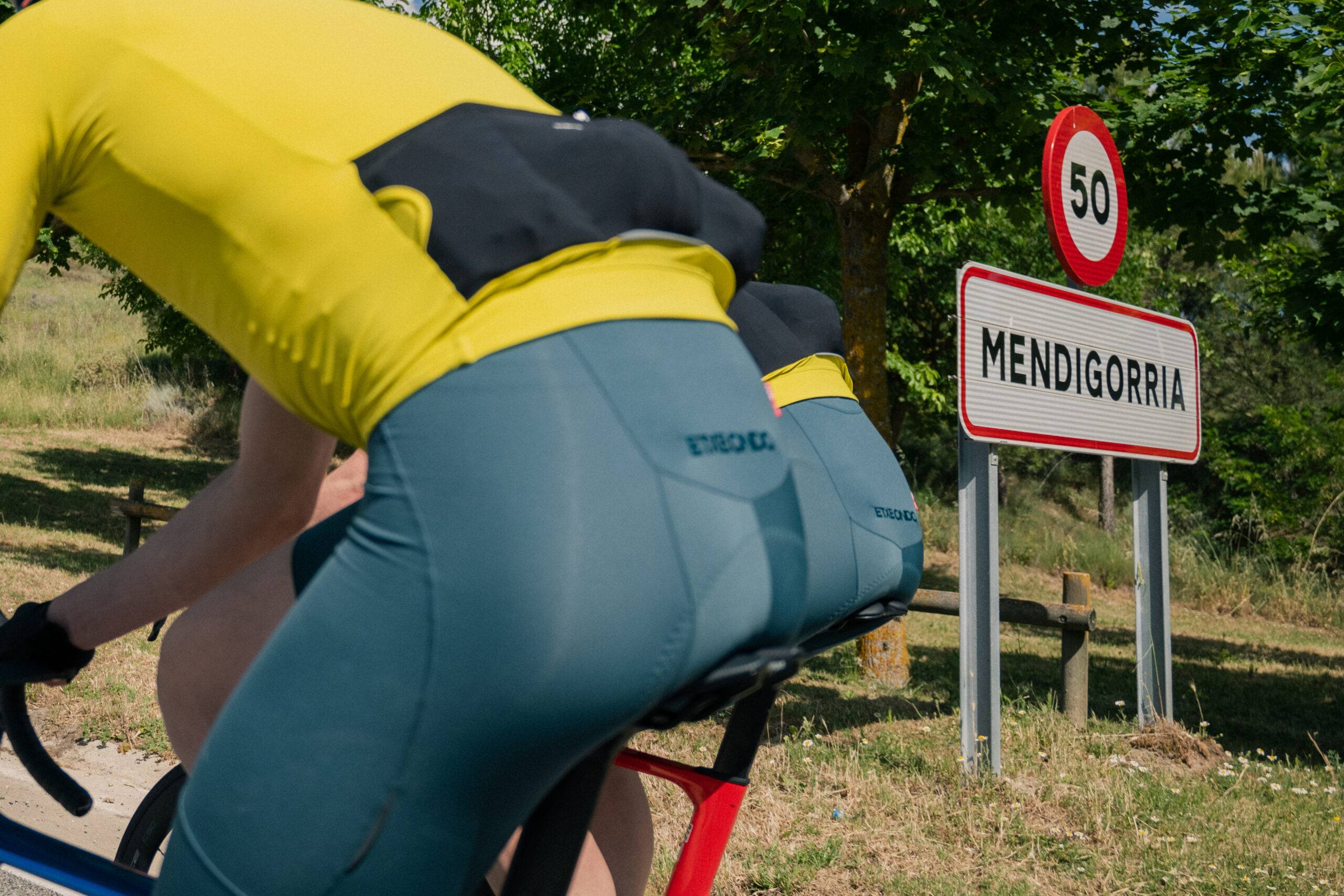
Pilgrimage
Puenta La Reina is a village on the famous pilgrimage route to Santiago de Compostela. The old Roman bridge across the river to the village is stunning. It makes a wonderful backdrop for a round of group photos. The bridge (and the town) owe their name to Queen Muniadona, wife of King Sancho, who had this bridge built in the 11th century to support walkers on the Camino de Santiago. Whatever the time of year, you will find hikers walking (parts of) the Camino here. For us, it is just a photo stop, where we can have our picture taken with an almost saint. For others, this place has a deeper meaning. Nice that those worlds come together here.
Plains that are not flat
After Puenta La Reina, we continue towards Castejón. Miguel has by now returned to Pamplona and in the grupetto we are going like clockwork. Looking to the right, all I see are windmills planted atop small hillsides. That means only one thing: the wind has free rein here and people are just trying to make the best of it. For us today, it is an advantage. We have wind force 4 at our backs and we are turning like crazy. Regularly, the speed is 45 kilometres per hour or higher. The speed only drops when we approach a roundabout or take a short climb to a village. Because the plains of Spain and certainly those of Navarre are never really flat.


Railway town of Castejón
In the middle of Castejón is a roundabout. This roundabout pontifically features a train locomotive. Not surprising when you consider that in the 19th century the town was chosen as a hub for railways. Now it is still an important point for infrastructure, as the high-speed railway line also passes through it and in the Navarre region almost all trains pass through Castejón. Connecting city is perhaps the right name. Although energy city is also a good one. There is a mega-sized power plant nearby. That creates a lot of jobs and provides the town and the surrounding area with much-needed energy
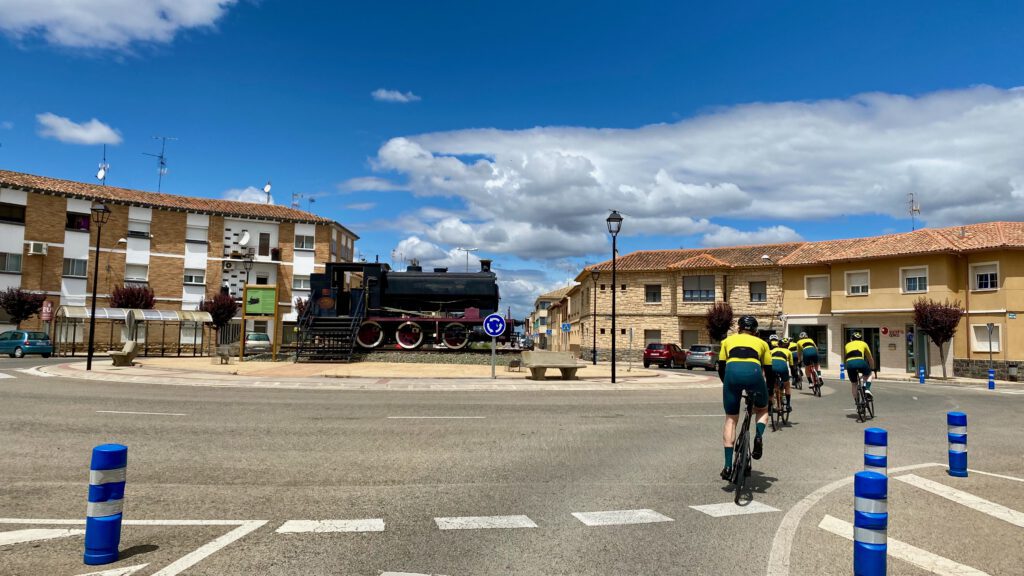
Etxeondo in town
There is not much to do in the wider surroundings of Castejón. In the middle of the town, Etxeondo also has an annex, where some of the production takes place. The production facility employs almost only ladies and it is a well-oiled process. On a multitude of machines, the Basque brand's bibshorts are hard at work here. It's nice to see that every tiny part of the shorts has a separate 'station', where it is worked on. From the trouser legs, to the braces, to the labels. Every detail is important and the ladies take their work deadly seriously. Pride is the key word here. When one of the ladies asks if I don't want to try on the work myself, I really have to pass. My coarse hands are not made for this delicate work. I am impressed.



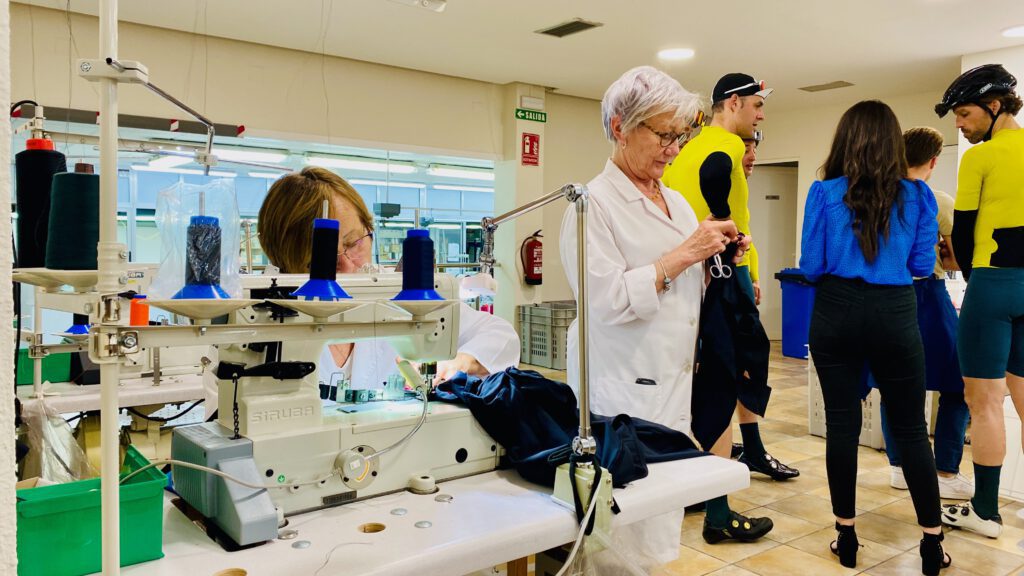


Las Bardenas
After this visit, I dive into the bus, on to the hotel. The whole group is still heading towards Las Bardeneras, a beautiful piece of nature just outside Castejón. The route towards it leads along a somewhat rougher gravel path and eventually you end up at rock formations that are both green and red. Green from the vegetation and red from the stones. It is most reminiscent of the canyons of Arizona, Colorado and New Mexico. A beautiful colour palette with extraordinary views.








